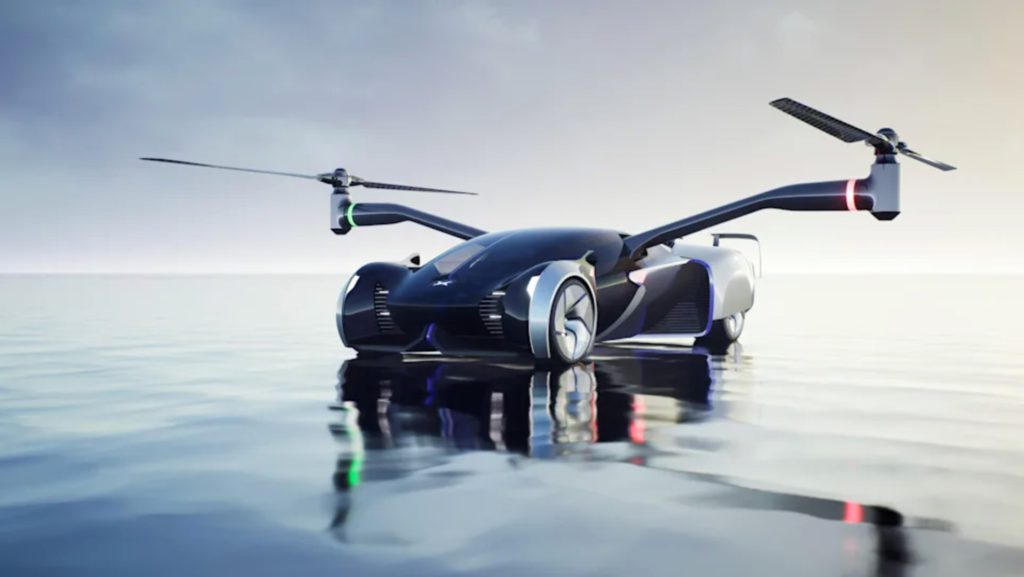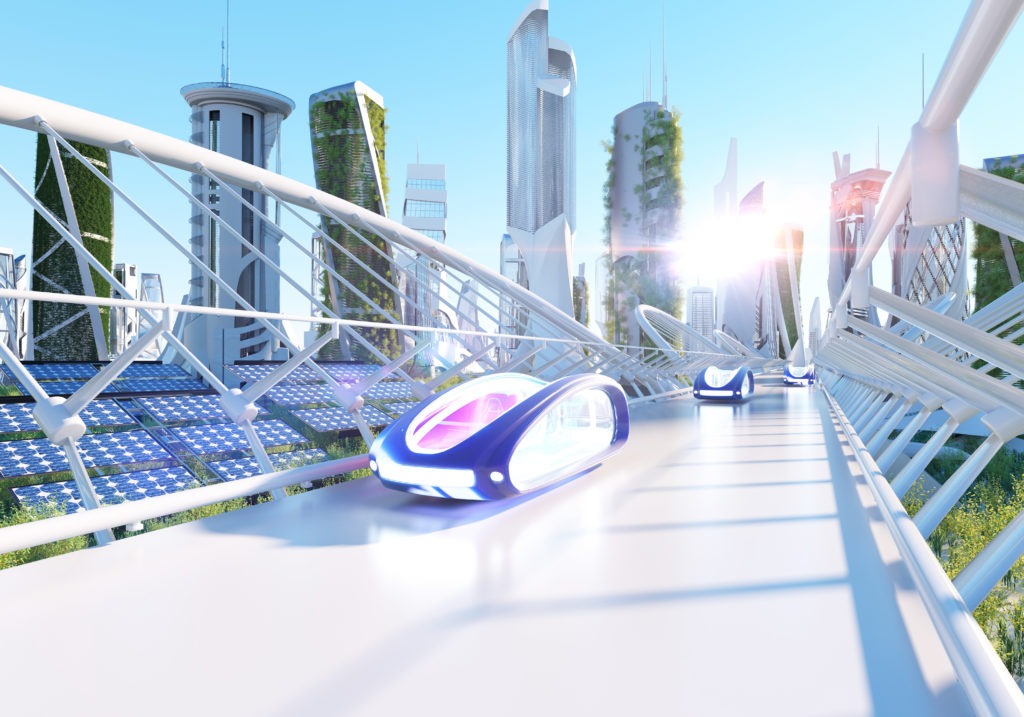Chinese EV maker XPeng to launch ‘road-capable’ flying car
30 October 2021

Chinese smart electrically-chargeable vehicle (EV) startup Xpeng has unveiled the design of a next-generation flying car that it plans to roll out in 2024. The new road-capable model will feature a lightweight design and a foldable rotor mechanism ‘for seamless fly-drive conversion.’
The Guangzhou-based carmaker is known for its premium EVs that it is now also shipping to Norway. Xpeng showcased the design of the flying car at a recent tech day, where it announced a number of innovations that it says will help shape the mobility ecosystem of the future.
Fly-and-drive conversion
‘Our exploration of more efficient, safer, carbon-neutral mobility solutions goes far beyond just smart EVs, and is the cornerstone of our long-term competitive advantages,’ said He Xiaopeng, chairman and CEO of XPeng. ‘We strive to implement cutting-edge mobility technologies in mass-production models for the benefit of our customers.’
The flying car is being developed by Xpeng affiliate HT Aero, with the startup aiming to sell it for under one million Chinese yuan (€135,000), according to news reports. HT Aero, an urban air-mobility company, recently received $500 million in a series A capital funding round.
The company takes safety very seriously and will include features, such as parachutes, on its flying car. It has completed more than 15,000 safe flights, combining automotive and aerospace technologies to industrialise electric flying vehicles.
The latest cash injection will help HT Aero advance its research and development. ‘Our next-generation model will be a fully-integrated flying vehicle and automobile, designed for both low-altitude air travel and road driving,’ said Deli Zhao, president of HT Aero.
Xpeng has numerous competitors in this field. An Israel-based aerospace company, Urban Aeronautics, is also developing a flying car. Companies including Hyundai, German startup Lilium, and China-based Ehang are working on flying vehicles, too. Earlier this year, Volvo owner Geely showed off an electric ‘air taxi’ developed by its joint-venture partner Volocopter at Shanghai’s International Automobile Industry Exhibition.
Pony-style robots and more
But at its tech day, Xpeng did not only focus on flying vehicles. The company also provided details on the latest version of its advanced driver-assistance system (ADAS), its supercharger network, and a pony-style robot.
Next year, the company plans to roll out the XPilot 3.5, extending its driver-assistance system. Xpeng is on a mission to transition from ADAS to fully-autonomous driving, with a clear roadmap to connect all driving scenarios.
XPilot 3.5 incorporates a quadruple-perception-fusion solution, with dual-camera-vision coverage. Its visual-perception network has been upgraded from 2D detection to 3D, with multiple-target recognition, classification, and positioning. The XPilot 4.0 ADAS, due to be rolled out in 2023, is designed to deliver full-scenario driver assistance, which can support point-to-point driving for customers.
Xpeng also presented its high-voltage supercharging technologies that it says will boost charging power and efficiency. The company wants to produce its next-generation ‘X-Power’ superchargers based on an 800V high-voltage mass-production silicon carbide charging platform. These can charge for a range of up to 200km in five minutes.
The EV maker also revealed its robotics innovations. Last month, Xpeng showed off a pony-style robot that children could interact with. During the tech day, the company went into further detail about how it foresees robots becoming an intelligent platform for a smart-mobility ecosystem.
‘Addressing far more complex challenges in autonomy, sensing and interaction than vehicles, the pony-style robot prototype will be able to perceive diverse environments and multiple targets with 3D route planning, and execute multi-mode user recognition through facial, body and voiceprint sensing,’ the company said.
The tech day offered more than just a glimpse into XPeng’s mobility plans, exemplifying how carmakers are increasingly exploring diverse scenarios to support wider mobility, planning, and man-machine interaction.



